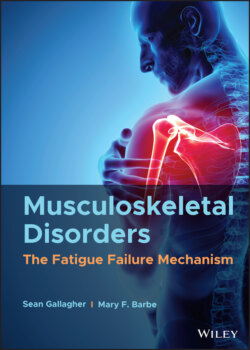Читать книгу Musculoskeletal Disorders - Sean Gallagher - Страница 98
Osteoblasts—the producers of bone matrix
ОглавлениеOsteoblasts are derived from pluripotent mesenchymal stem cells of the osteochondroprogenitor lineage that have the potential to proliferate and differentiate into several connective tissue cell types depending on the stimulus within the local microenvironment. Given the appropriate stimuli, osteoprogenitor cells will first give rise to preosteoblasts and then osteoblasts (Caplan, 1991; Friedenstein, Chailakhyan, & Gerasimov, 1987; Owen, 1988; Pittenger et al., 1999; Yamaguchi et al., 1991). Osteoblasts are cuboidal mononucleated cells normally found at the bone surface (Figure 3.17a). They are responsible for the synthesis of the organic components of the bone matrix (the osteoid) and mediate its mineralization. Osteoblasts also produce a variety of other noncollagenous proteins, including osteocalcin (which is often used as a serum marker of bone formation). Osteoblasts are an important source of receptor‐activated nuclear factor kappa B ligand (RANKL) that stimulates the differentiation and activation of osteoclasts (Boyce & Xing, 2007). Once osteoblasts become trapped and encased within the mineralized matrix, they are called osteocytes (Figure 3.17a,c).
Figure 3.17 Bone cells. (a) Osteoblasts on the surface of trabeculae (larger cuboidal cells) and osteocytes that are embedded within the trabecular bone are depicted. (b) Bone lining cells are flat cells located on the surface of trabeculae. (c) A high power image of osteocytes, this time embedded within cortical bone. (d) Osteoclasts on the surface of trabecular bone.
